Estimated reading time: 11 minutes
If you’ve ever returned home to a scene of chewed up shoes or heard complaints about your dog’s howling, you might be facing a common canine dilemma: separation anxiety. It goes beyond the usual whimpers when you grab your keys and leave the house; this distress can disrupt both your life and your pup’s well-being.
Separation anxiety in dogs can manifest through relentless barking, destructive behavior, and even accidents indoors—clear signs that our furry friends struggle with being left alone.
One key piece of information is that many dogs with separation anxiety often begin showing stress as soon as they pick up on cues that their owner is about to leave (such as when you pick up your keys). Recognizing these early signs is crucial for timely intervention.
This article dives into strategies tailored to identify and alleviate the angst faced by your loyal companion. From establishing comforting environments to professional training methods, we’re here to guide you through turning those goodbye blues into peaceful solitude for your pooch.
Key Takeaways
- Understand the signs of anxiety in dogs, such as excessive barking, destructive behavior, and physical illness, which are caused by fear and insecurity rather than disobedience.
- Take practical steps to address separation anxiety through creating a safe environment with comforting tools like pheromone diffusers and interactive toys. Also implement gradual desensitization techniques and maintain a consistent routine and exercise schedule.
- Seek professional interventions if needed, including behavioral training, therapies, medication or natural supplements from a qualified veterinarian or animal behaviorist. Prevention strategies involving early socialization and training can help reduce the likelihood of developing anxious behaviors in dogs.
Understanding Canine Separation Anxiety
Separation anxiety in dogs is a condition where dogs experience extreme distress when left alone. Symptoms can include excessive barking, destructive behavior, and even physical illness.
Contrary to common misconceptions, this behavior is not due to spite or disobedience but rather stems from fear and insecurity. Understanding the root causes of separation anxiety is crucial in addressing and managing this issue effectively.
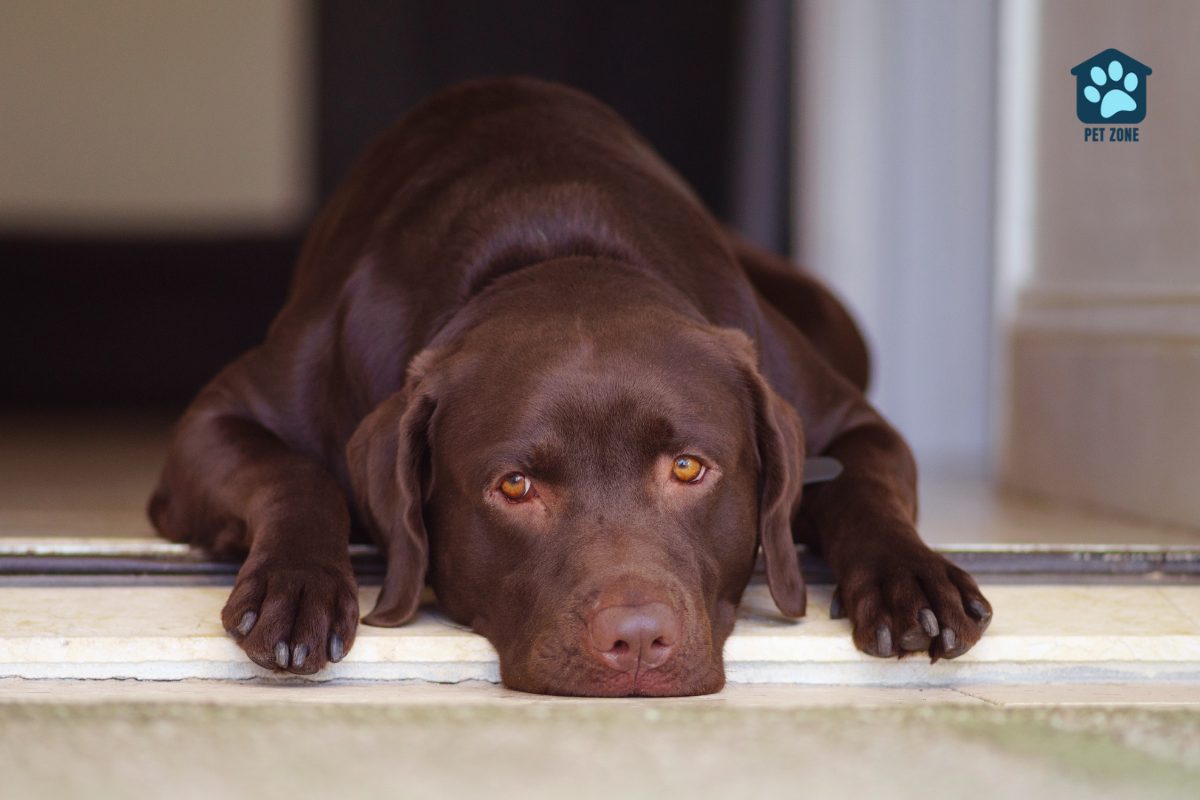
Definition and Signs of Separation Anxiety
Separation anxiety in dogs is a real thing. Think of it like a big storm of worry that hits your dog when you’re not around. They love you so much that being away from you causes them to panic.
This panic can show up in different ways. Some dogs might bark non-stop, chew on things they shouldn’t, or pace back and forth like they’re stuck on an endless loop.
Look for telltale signs to see if your pup has separation anxiety. If your dog acts really stressed out when you leave, such as drooling more than usual, shaking, or even trying to hurt themselves by licking their paws raw or biting their tail, these could be clues.
Also watch out for accidents inside the house or destroying pillows and shoes – these behaviors aren’t just naughty; they might be cries for help because your buddy is feeling anxious without you.
Common Misconceptions and Normal Behavior
Many people think that if a dog has separation anxiety, it means they were not trained well. This is not true. Separation anxiety happens because of stress, not because the dog does not know how to behave.
Another wrong idea is that letting your dog sleep with you can make them get separation anxiety later. But this is also false; sleeping in your bed doesn’t cause these feelings in your dog.
Some dogs just like to follow their owners around or get sad when left alone for a short time. This behavior is normal and shouldn’t be confused with separation anxiety.
Real signs of this problem are more serious, like when a dog barks a lot, chews things up, or tries very hard to escape from being alone at home.
Understanding what’s normal helps you see what might actually be a sign of trouble.
Identifying the Causes of Separation Anxiety in Dogs
Separation anxiety in dogs can be caused by a variety of factors, including past trauma, lack of socialization, sudden changes in routine, or even genetics. Understanding the root cause is crucial in developing effective strategies to address and manage the issue.
Triggers and Underlying Factors
Dogs can feel very sad and stressed when they are alone. This is called separation anxiety, and it’s important to understand why it happens to help your furry friend.
- Moving to a new home: A big change like this can make your dog feel unsure and scared, leading to anxiety.
- Losing a family member or another pet: Dogs get used to the people and animals they live with, so when one goes away, it can be very hard for them.
- Changes in routine: If you start leaving home at different times or come back later than usual, it might confuse your dog.
- Being left alone for the first time: Puppies or dogs that have always had company might not know how to handle being by themselves.
- Long periods of isolation: Dogs that are left home alone for most of the day may develop anxiety because they need social interaction.
- Scary events: Things like loud noises from construction or thunderstorms can create fears that lead to anxiety later on.
- Lack of exercise: Without enough playtime and walks, dogs can feel too much energy and stress build up inside them.
- Early life experiences: How a puppy is treated and raised can affect their feelings about being alone later on.
- Genetics: Some dog breeds might naturally feel more anxious when they’re not with their owners.
Practical Steps for the Treatment of Separation Anxiety
Implementing gradual desensitization techniques, creating a safe environment, and maintaining a consistent routine are crucial steps in addressing separation anxiety in dogs. Learn how to help your furry friend feel more secure and content while you’re away.
Creating a Safe and Comforting Environment
To create a safe and comforting environment for your dog dealing with separation anxiety, follow these steps:
- Establish a designated “safe space” where your dog feels secure, such as a cozy bed or crate, and ensure it’s always accessible to them.
- Use calming tools like pheromone diffusers or comforting music to create a soothing atmosphere in the environment.
- Provide interactive toys and puzzles that can engage your dog’s mind and alleviate stress during your absence.
- Implement gradual departures and arrivals to avoid sudden changes in routine that may trigger anxiety.
- Consider leaving an item with your scent, such as a piece of clothing, to provide familiarity and comfort while you’re away.
- Maintain consistency in daily routines, feeding times, and exercise schedules to promote a sense of security for your dog.
Gradual Desensitization Techniques
Gradual Desensitization Techniques
- Start Small: Begin by exposing your dog to the trigger at a very low intensity or for a short duration.
- Positive Reinforcement: Associate the trigger with something positive, like treats or playtime, to create a more positive association.
- Incremental Exposure: Gradually increase the intensity or duration of exposure as your dog becomes more comfortable.
- Patience and Consistency: Be patient and consistent in your approach, allowing your dog to progress at their own pace.
- Seek Professional Guidance: Consider consulting with a professional trainer or behaviorist for tailored desensitization plans if needed.
Importance of Routine and Exercise
Establishing a daily routine is crucial for dogs with separation anxiety. It helps them predict when they can expect attention, exercise, feeding, training, play, and elimination. This predictability can provide them with a sense of security and stability in their environment.
Moreover, engaging your dog in physical exercise before leaving them alone, such taking your dog for a long morning walk, can help reduce separation anxiety and provide mental stimulation. While exercising isn’t a direct “cure” for separation anxiety, it releases endorphins that help the dog relax and sleep better – aiding in managing their separation distress.
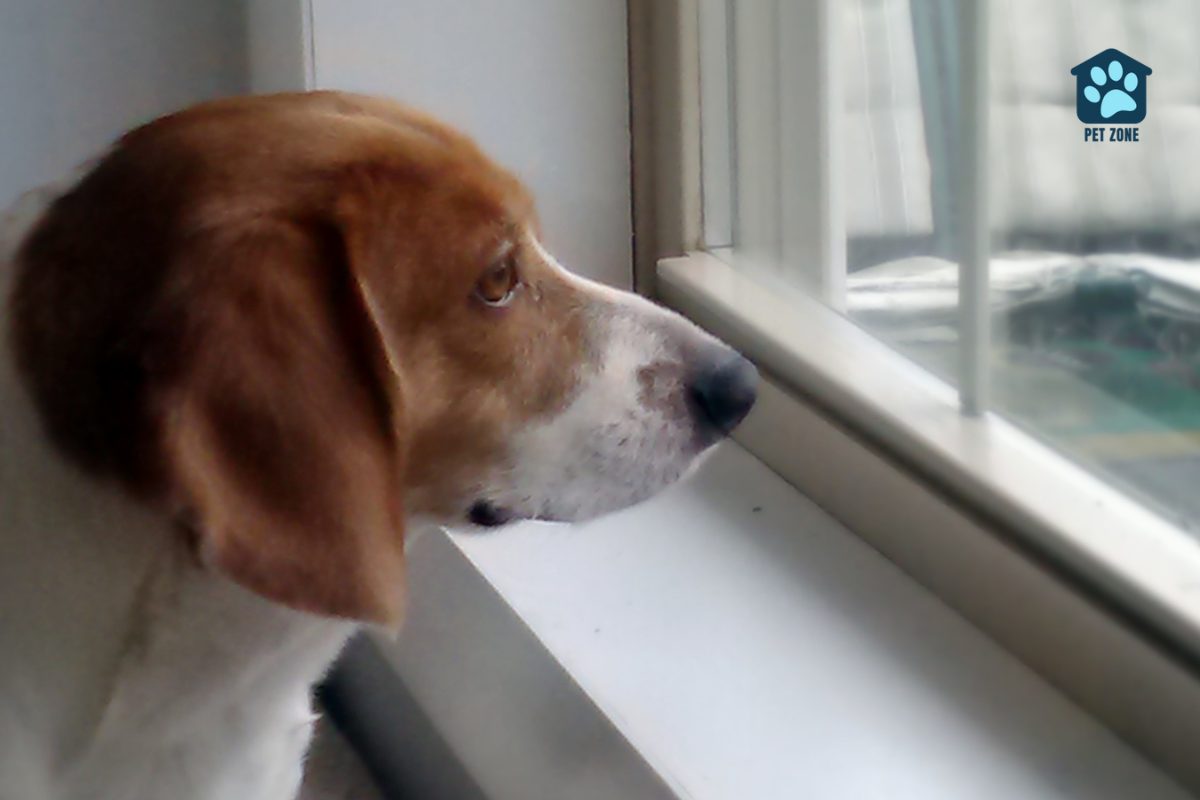
Professional Interventions and When to Seek Help
Behavioral training and therapies are effective professional interventions for addressing separation anxiety in dogs, while medication and natural supplements can also be considered for severe cases.
Owners should seek help from a qualified veterinary behaviorist if their dog’s separation anxiety significantly impacts their well-being.
Behavioral Training and Therapies
Separation anxiety in dogs can be alleviated through behavioral training sessions and therapies. Here are some strategies to help your dog cope with separation anxiety:
- Systematic Desensitization: Gradually expose your dog to being alone for short periods, then gradually increase the duration. This helps reduce the anxiety associated with separations.
- Positive Reinforcement: Reward your dog for calm behavior when left alone. This can include treats or toys that provide comfort and positive associations with being alone.
- Safe Haven Creation: Designate a safe and comfortable space for your dog when you’re away, such as a cozy bed or crate filled with their favorite toys and blankets.
- Calming Aids: Consider using pheromone diffusers or calming music designed specifically for dogs to help create a soothing environment during separations.
- Professional Behavior Modification: Seek guidance from a certified professional dog trainer or animal behaviorist who specializes in separation anxiety to develop a tailored training plan for your dog.
- Medication and Supplements: In severe cases, consult with a veterinarian about anti-anxiety medication or natural supplements that may help alleviate your dog’s anxiety during separations.
- Consistent Routine: Establishing a predictable daily routine for your dog, including regular meal times, play sessions, and walks, can provide a sense of security and stability.
- Interactive Toys: Provide engaging puzzle toys or interactive feeders that can distract and entertain your dog while you’re away, helping to alleviate feelings of distress.
Medication and Natural Supplements
If your dog is struggling with separation anxiety, medication and natural supplements can be options to help manage their symptoms. FDA-approved drugs like fluoxetine (Prozac) and clomipramine are prescribed for specific behavior problems in dogs, including separation anxiety.
Trazodone, a short-acting serotonin-enhancing medication, can also assist some dogs in coping with separation anxiety while clonidine is another option prescribed for this issue in dogs.
Additionally, calming nutritional supplements such as VetriScience or Dr. Bill’s Canine Behavior Support use nutrients with soothing properties to aid dogs dealing with separation anxiety.
These drug-free options can be increasingly popular for treating anxious dogs and may provide relief alongside behavioral training and therapies.
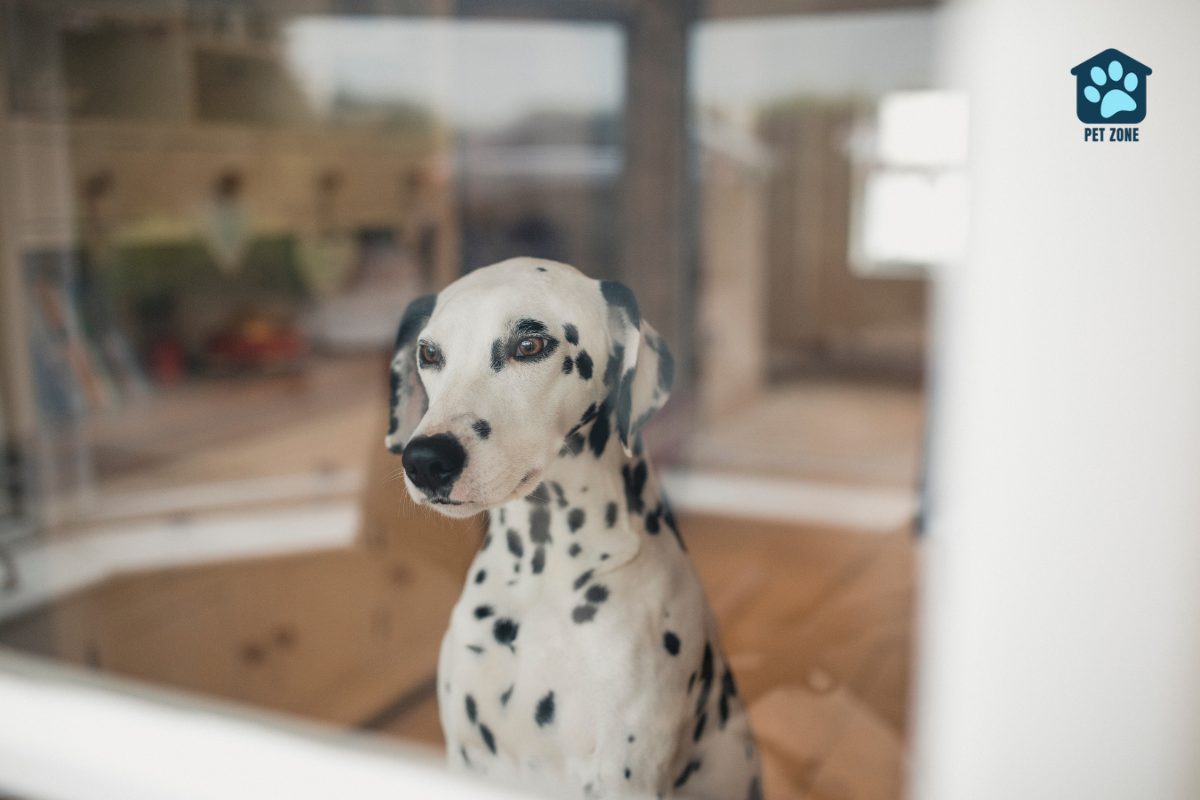
Prevention Strategies
Early socialization and training play a crucial role in preventing separation anxiety in dogs. By gradually exposing your pet to different environments, people, and experiences, you can help them build confidence and independence while reducing the likelihood of developing anxious behaviors.
Consistent reinforcement of positive interactions with alone time can also help foster a healthy sense of security and comfort when separated from their owner.
Early Socialization and Training
To prevent separation anxiety in dogs, early socialization and training are essential. Here’s how you can achieve this:
- Introduce your puppy to various people, animals, sounds, and environments during the critical socialization period of 3 to 14 weeks old.
- Expose your dog to positive experiences with new places, objects, and situations to build their confidence and reduce fear.
- Encourage positive interactions with other well – behaved dogs to help them learn appropriate social behaviors.
- Use reward – based training methods to reinforce good behavior and establish a strong bond with your dog.
- Teach your dog basic obedience commands such as sit, stay, come, and walking on a leash to create a foundation for good behavior.
- Provide mental stimulation through puzzle toys, interactive games, and training exercises to keep your dog engaged and mentally active.
Managing Attachment and Independence
Teaching your dog to be comfortable spending time alone and not depending solely on you is crucial. Early socialization and training are key in preventing separation anxiety. Expose your puppy to various people, animals, and environments to build their confidence and independence.
Gradually accustom them to being by themselves for short periods, so they learn that it’s okay to be alone sometimes. Encouraging their independence through positive reinforcement can help them feel secure when you’re not around.
To manage attachment and promote independence, establish a consistent routine with regular feeding times, walks, and playtime. This helps create predictability for your pet and reduces stress when you’re away.
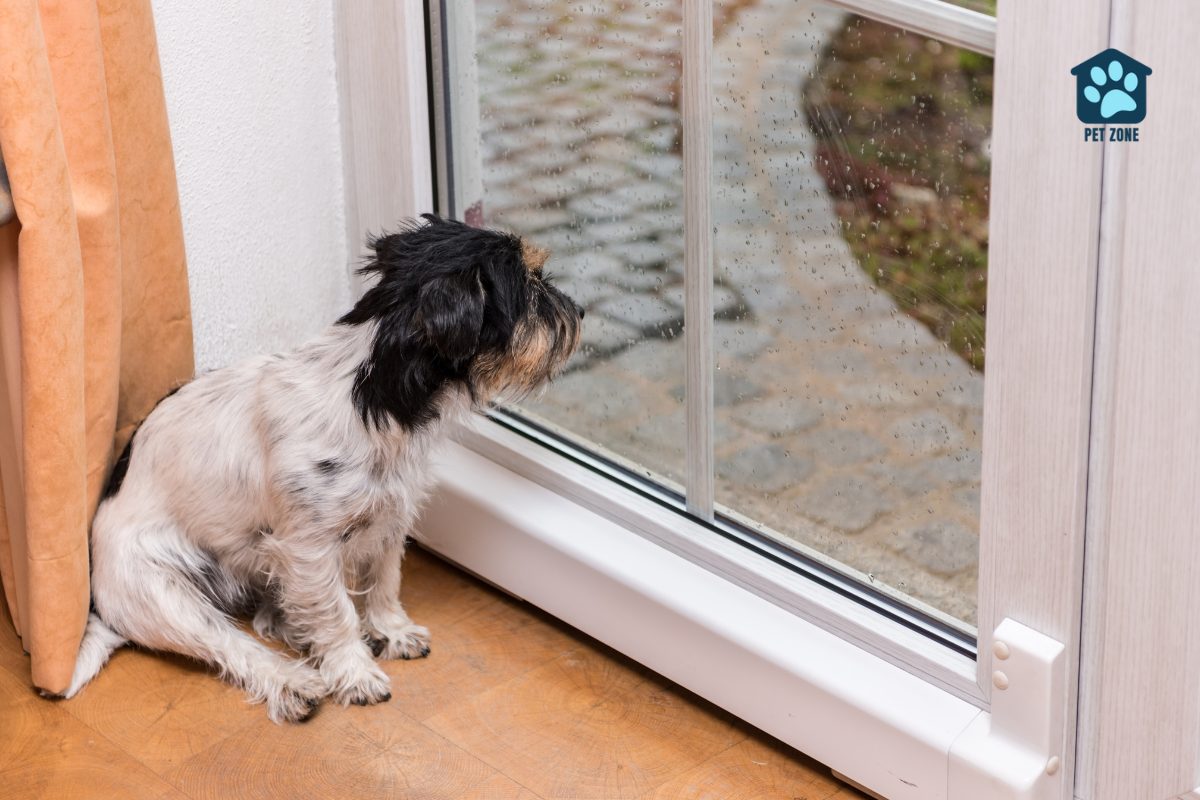
Conclusion – Helping a Dog with Separation Anxiety
Understanding and addressing separation anxiety in dogs is crucial for their well-being. By identifying the signs and causes, pet owners can take practical steps to create a comforting environment and seek professional interventions when necessary.
These strategies are not only practical but also have a significant impact on improving the mental health of dogs. For further guidance, consider consulting a professional trainer or veterinarian to ensure your beloved pet receives the best care.
Remember, with patience and dedication, it’s possible to help dogs overcome separation anxiety and lead a happier life.
As an Amazon Associate I earn from qualifying purchases.
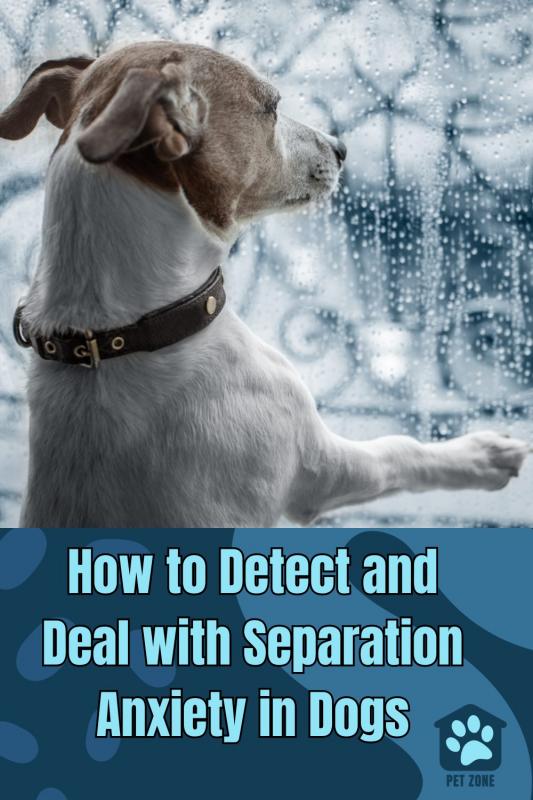


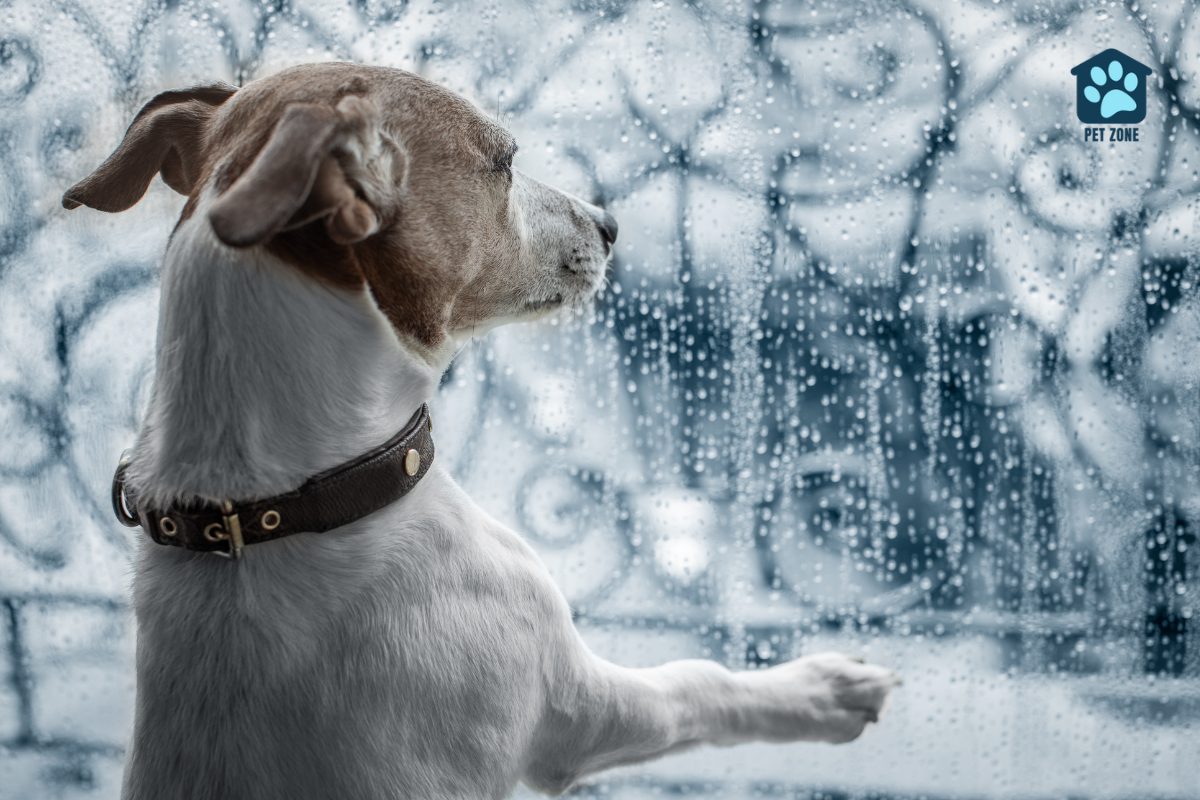
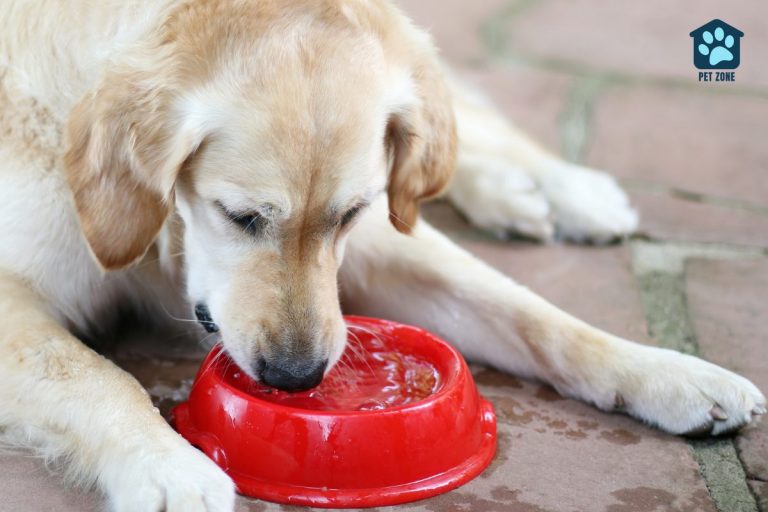
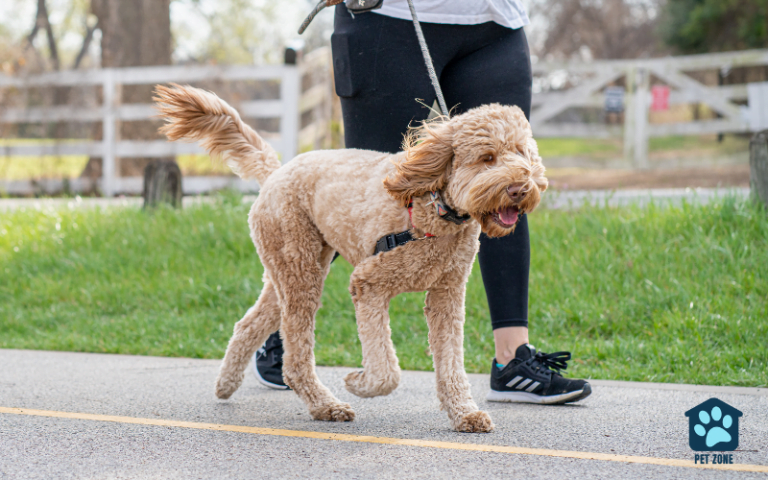
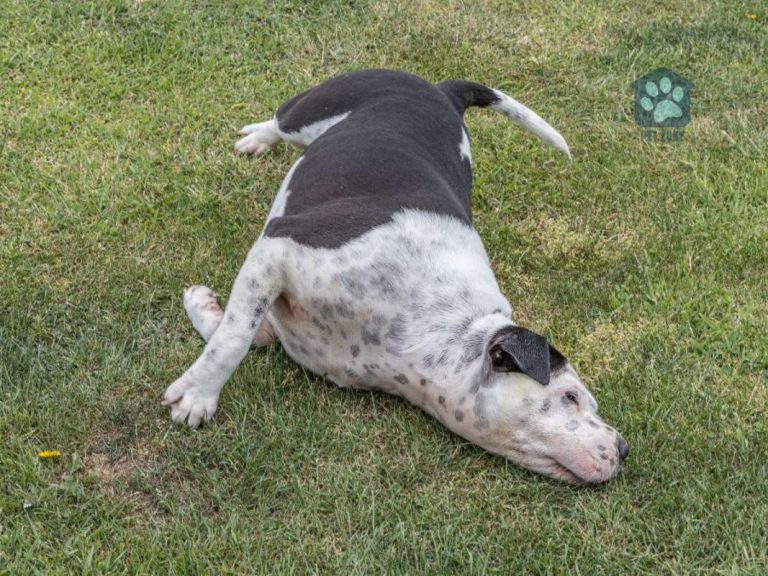
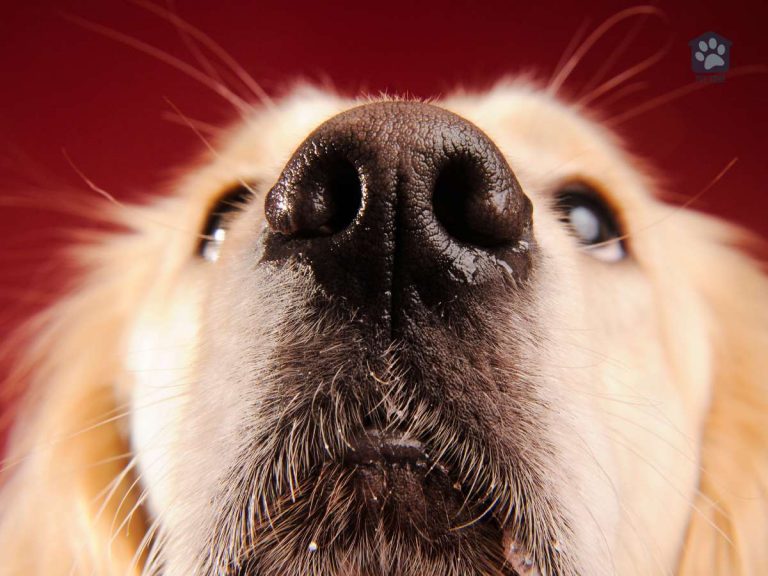
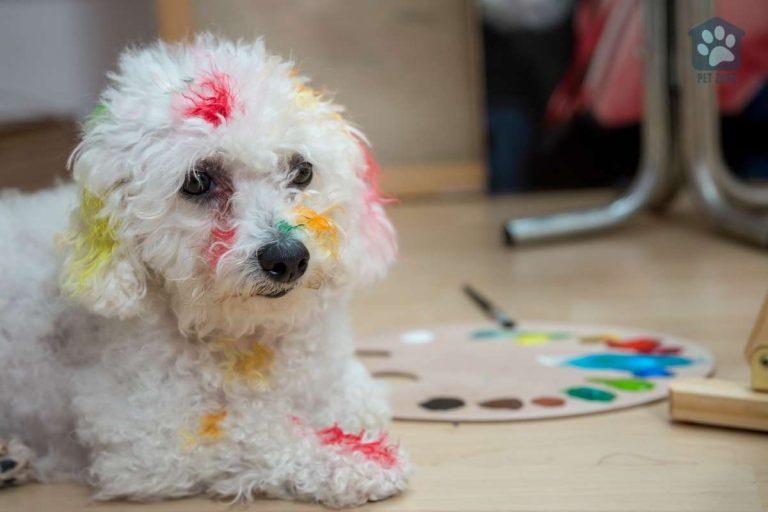
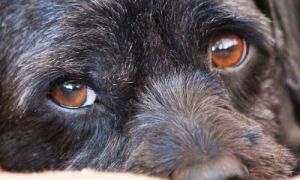
I guess my dog has some separation anxiety issues. She always heads to her pen and lays down when I get ready to leave – then I can tell she has been on the furniture when I return (which she never does when I am home). I think I’ll check out some of the calming nutrients!